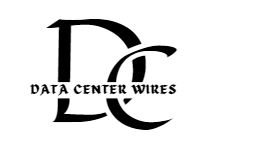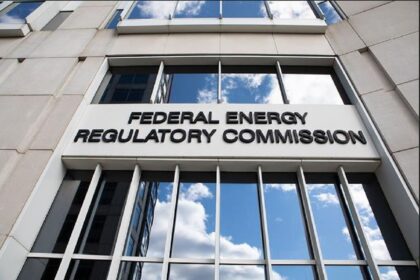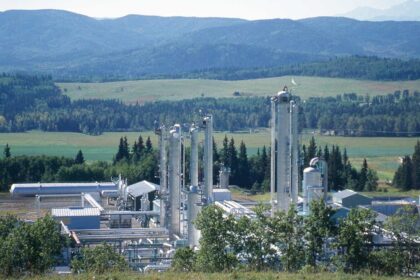Growing Energy Demand in Montana’s Data Center Sector
NorthWestern Energy has entered into a Letter of Intent (LOI) with an undisclosed data center developer in Montana to supply power, starting with 50 megawatts (MW) in 2027. This agreement marks a significant milestone for the state, which is poised for growth in the data center market. The energy supply is expected to increase dramatically, reaching up to 250 MW by 2027.
This strategic partnership aligns with Montana’s economic and technological growth, enabling the state to compete in the evolving data center landscape. As the demand for data services rises, the state is positioning itself to be a favorable location for large-scale data center investments.
NorthWestern Energy’s Role in Powering Data Centers
NorthWestern Energy will supply the required energy through its regulated business, leveraging its diversified energy portfolio. The utility company currently draws 35% of its capacity from hydroelectric power, with additional energy sources including wind, coal, gas, and solar. This mix of renewable and non-renewable energy sources will be crucial in meeting the growing energy needs of Montana’s data center sector.
The company’s expansive energy infrastructure includes the 175 MW Yellowstone County Generating Station and the 1,480 MW ColStrip Plant, which is set to increase capacity in 2026. These resources will provide a reliable foundation for powering the state’s data centers, ensuring that developers have access to stable and scalable energy sources.
Montana: An Emerging Hub for Data Centers
Montana’s data center market remains small in comparison to other states, with only seven organizations operating nine data centers. These facilities are primarily concentrated in Billings, Missoula, and Great Falls, with key operators like iConnect Montana, Parsec Data Management, and Advanced Communications Technology.
However, despite its size, the state holds significant growth potential. Several factors make Montana an attractive location for data centers. Its cool, dry climate, low risk of natural disasters, and abundant affordable land all contribute to its appeal. Additionally, Montana’s strategic location between two major data center regions enhances its connectivity and accessibility, providing businesses with the infrastructure they need.
Montana’s Data Center Growth Potential
A report by the Frontier Institute highlights Montana’s untapped potential in the data center industry. The state’s climate and geographical advantages position it as a promising destination for data storage and processing operations. With relatively low land costs and a growing renewable energy market, Montana presents an appealing environment for data center developers.
The growing interest in cryptocurrency mining facilities in the state further demonstrates the increasing demand for data center space. Sentinum, a cryptomining company, recently broke ground on a 20 MW facility in Montana, contributing to the state’s increasing role in the data sector.
Key Advantages for Data Centers in Montana
- Cool Climate: Montana’s low temperatures offer a natural cooling advantage, reducing the need for energy-intensive air conditioning systems in data centers.
- Low Risk of Natural Disasters: The state’s stability makes it a safer bet for long-term data storage operations, minimizing risks posed by events like earthquakes, floods, or hurricanes.
- Affordable Land: Montana’s expansive, low-cost land offers ample space for the construction of large data centers, a key factor for developers looking to expand their operations.
- Renewable Energy Resources: With access to wind, hydroelectric, and solar power, Montana’s renewable energy resources make it an attractive choice for companies seeking sustainable energy solutions.
- Strategic Location: Positioned between major data center hubs, Montana offers excellent connectivity to both regional and national networks.
The Role of NorthWestern Energy in Montana’s Data Center Future
NorthWestern Energy’s partnership with data center developers is a crucial step in the state’s push to become a leading destination for data storage and processing operations. By providing a reliable energy supply and supporting infrastructure growth, the company is helping to lay the foundation for Montana’s digital future.
This partnership represents an important investment in Montana’s economic development, with the potential to attract more tech-related industries and spur further job creation in the region.
Data Center Developers Eye Montana’s Growing Market
As NorthWestern Energy prepares to meet the rising energy demand, other data center developers are closely monitoring Montana’s market. The state’s infrastructure improvements, combined with its attractive operating costs and natural advantages, make it a viable option for future data center projects.
Montana’s data center industry is expected to grow steadily in the coming years, driven by both local demand and national industry trends. The state’s energy resources, coupled with strategic investments in infrastructure, are setting the stage for Montana to become a significant player in the U.S. data center sector.
FAQ Section:
What makes Montana an attractive location for data centers?
Montana’s cool, dry climate, low risk of natural disasters, affordable land, and access to renewable energy sources make it an ideal destination for data centers. Its strategic location between two major data center regions also enhances its appeal.
How much energy will NorthWestern Energy provide to Montana data centers?
NorthWestern Energy has signed an agreement to supply a minimum of 50 MW of energy, with the potential to increase this supply to 250 MW by 2027 to meet the growing demand from data center developers.
What other data centers are operating in Montana?
Montana currently has nine data centers, operated by seven organizations including iConnect Montana, Parsec Data Management, and Advanced Communications Technology. These facilities are concentrated in Billings, Missoula, and Great Falls.
Why is Montana’s data center market growing?
Montana offers a combination of favorable climate, affordable land, renewable energy resources, and a stable geographical location, making it an appealing destination for both traditional data centers and cryptomining operations.



















